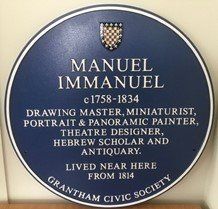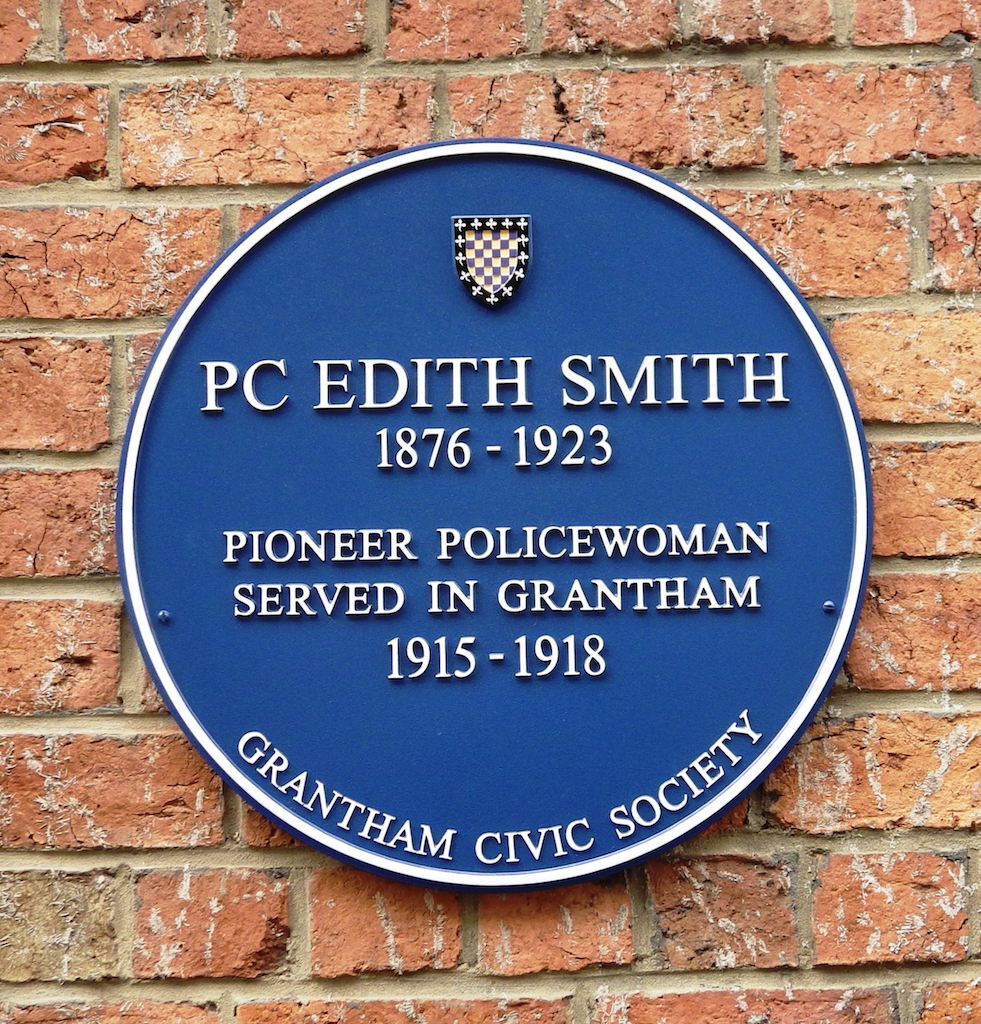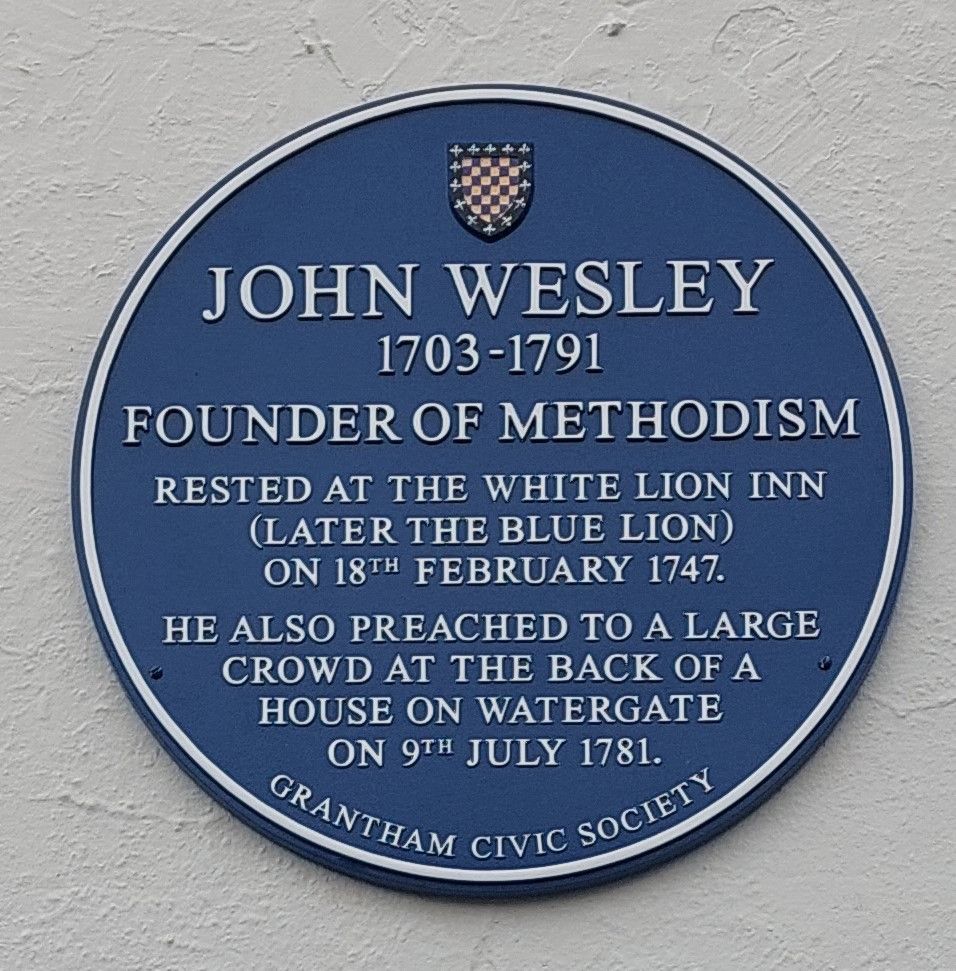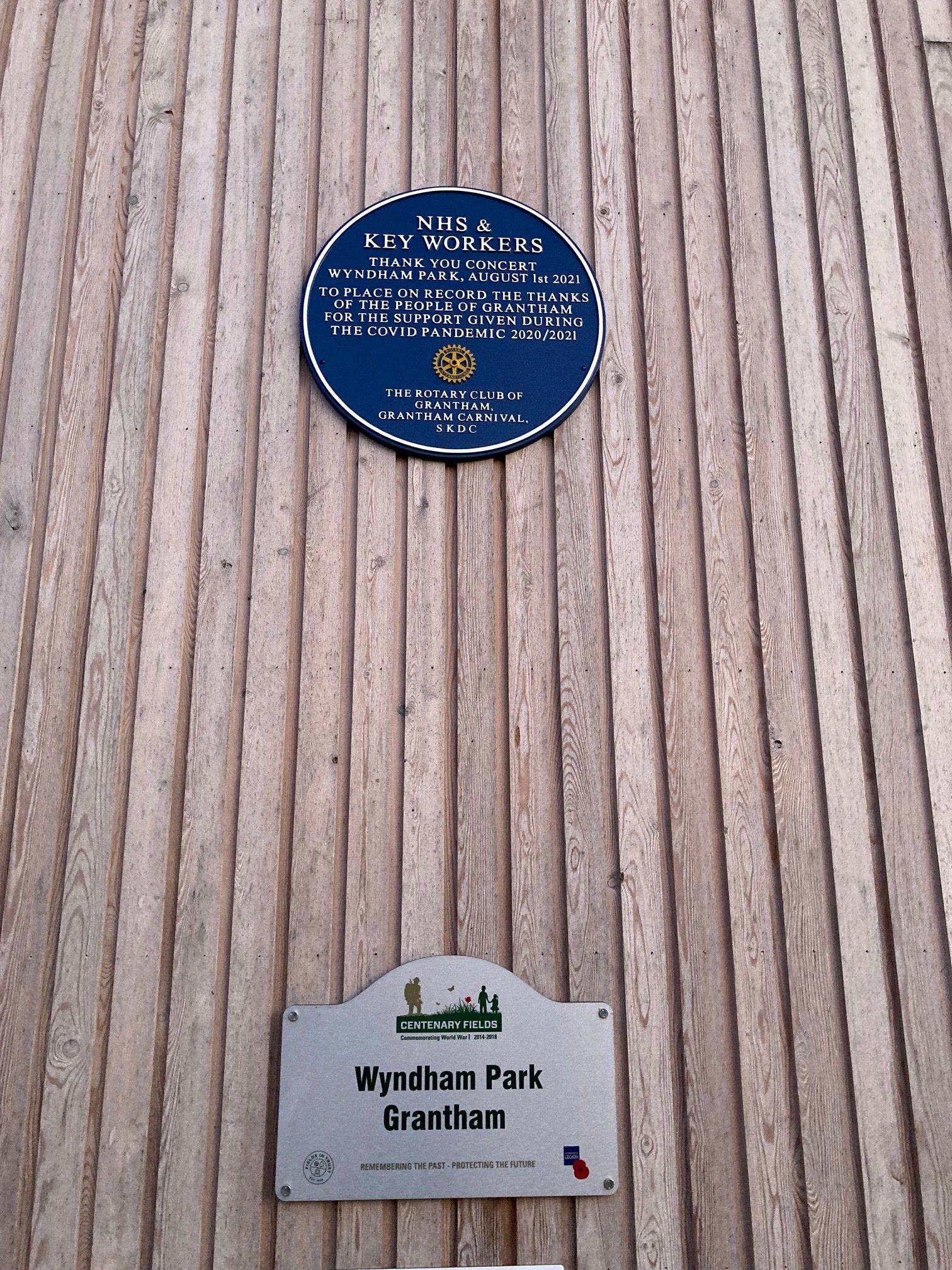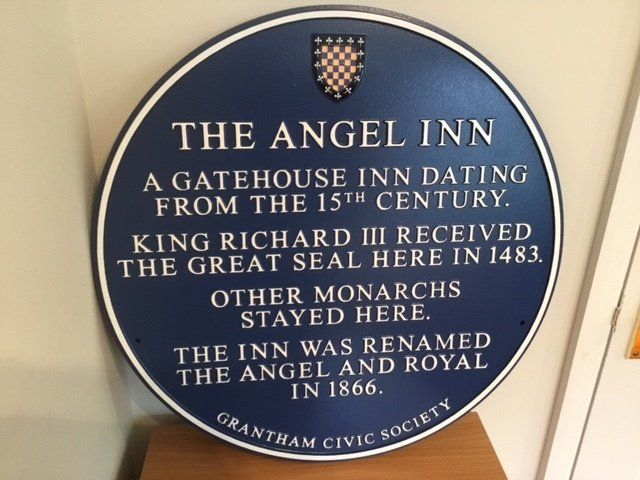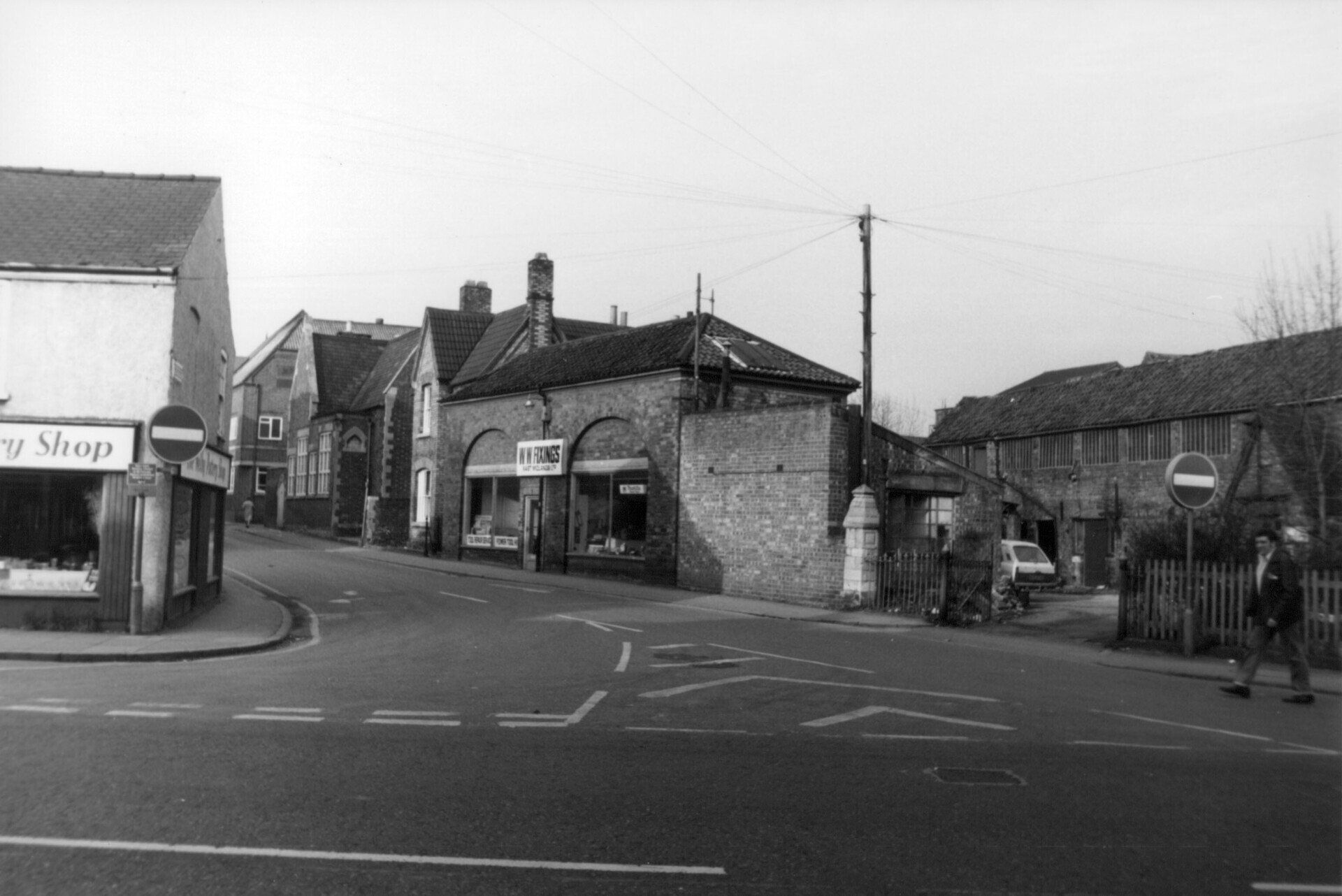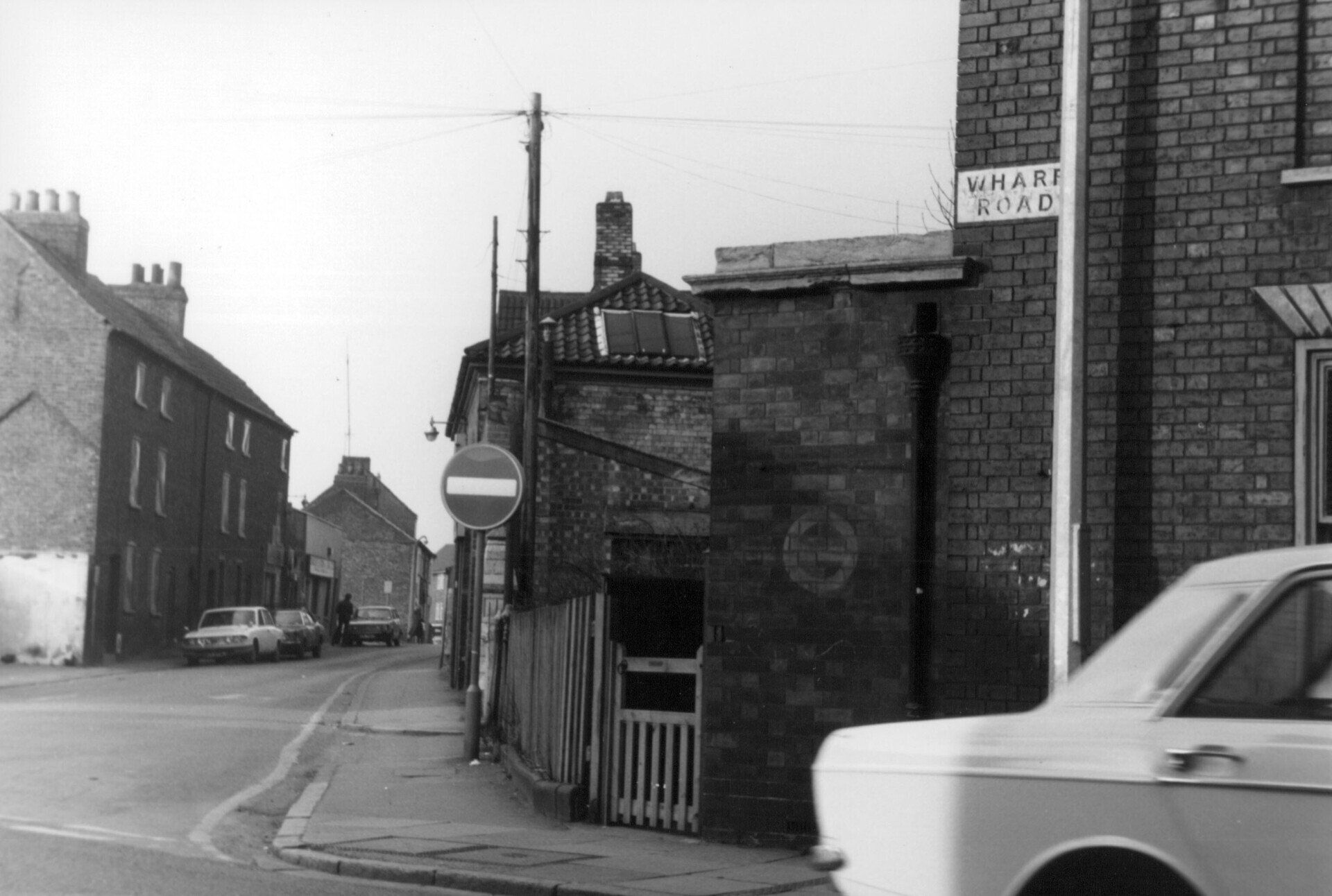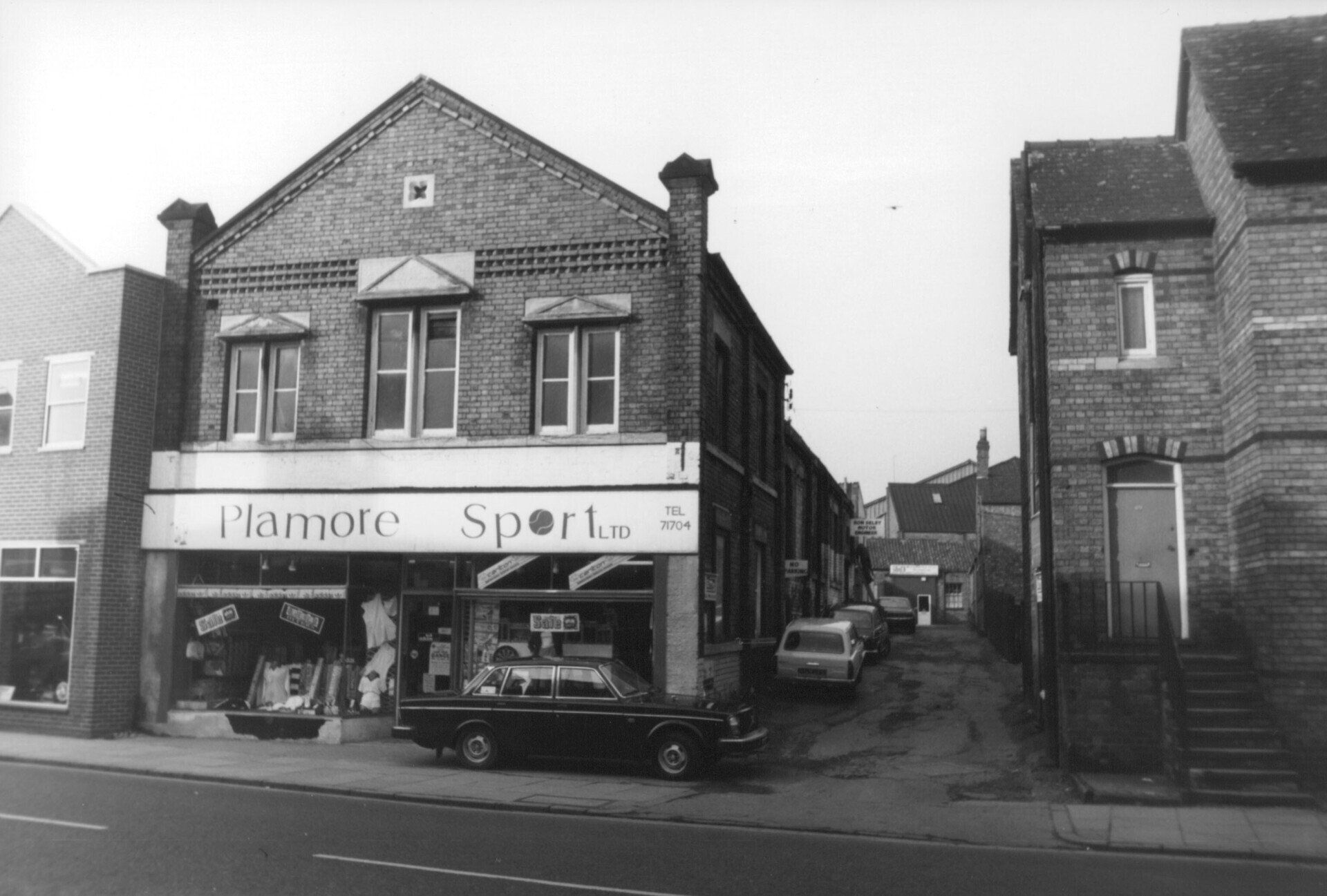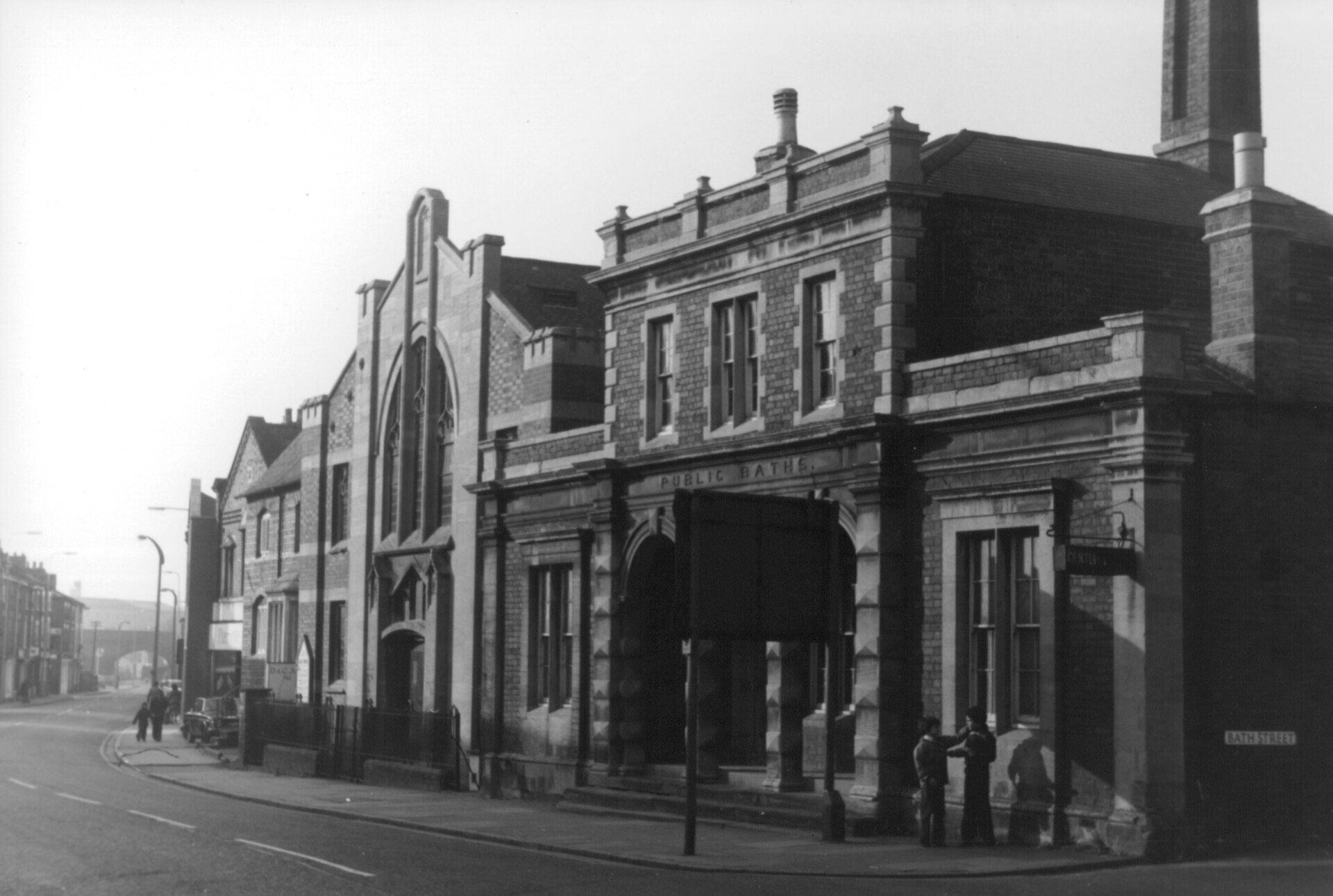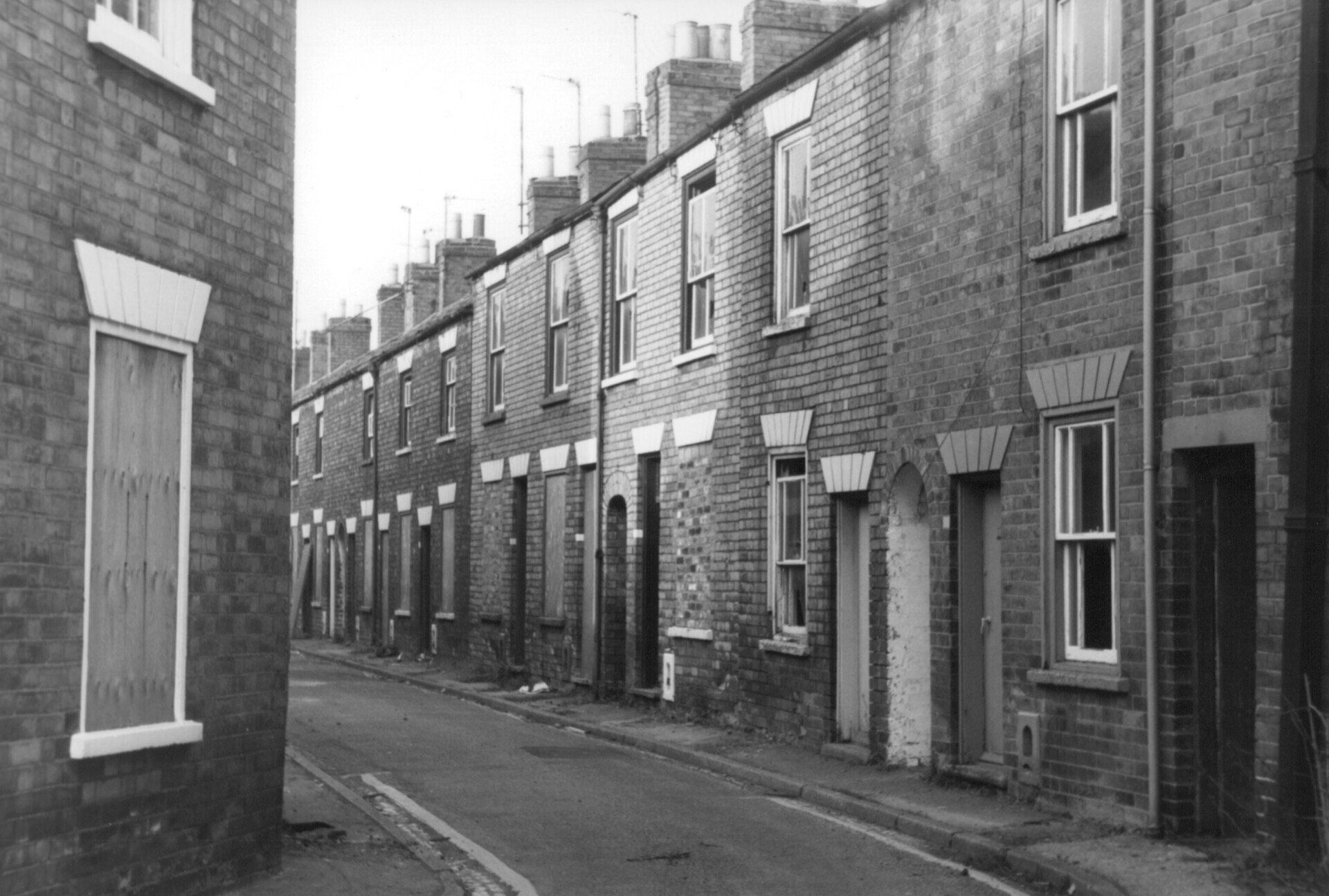Author name
Edith moved to Runcorn in Cheshire to work for a nursing association, but died from a self-induced overdose of morphine on 28 June 1923. We do not know the background to this.
The Civic Society erected a Blue plaque on the wall of the original police cells in Edith Smith Way between the Guildhall and the Museum. It was unveiled on 19 October 2014 by our most senior lady policewoman DCC Heather Roach, who started her own police career in Grantham. In December 2015 Home Secretary Teresa May marked 100 years from the signing of
Edith’s warrant card by paying tribute to her when she apologised that her own department had first challenged the appointment of female police officers.
Edith’s family are very proud of her and we are in happy contact with grandaughter Margaret.
RECENT ARTICLES
